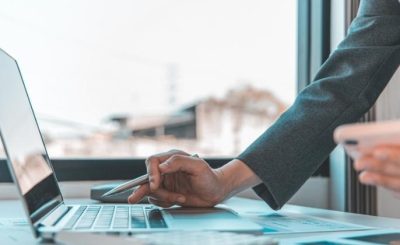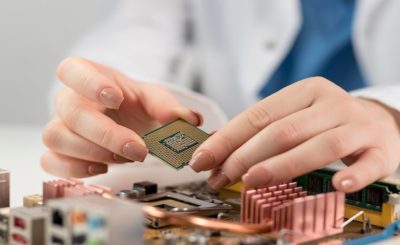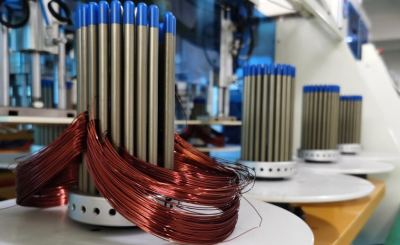PCB or printed circuit board was discovered in 1936 by Paul Eisle. However, it was only after the 1950s when the PCB became much more popular and was found to have immense application after The United States defense industry started integrating PCB within its bomb detonator system. Today printed circuit board is used in diverse areas such as cellular telephones, automobiles, personal computers, etc.
PCB Fabrication Processes
The early phase fabrication of PCB is done with 2 kinds of software. First, CAD or computer-aided design software is used to design an electronic schematic of the printed circuit. Then, after the design of the schematic circuit, CAM software or computer-aided manufacturing software is used by engineers to produce a PCB prototype.
Once the PCB prototype’s design is completed, the fabrication starts where the materials used in the printed circuit board are selected. There is a wide variety of PCB materials used. However, the popular ones are- FR1, CEM1, GeTek, Arlon, Alumina, Nelco, CEM5, Polyimide, Rogers, Bakelite, Ceramic, FR4etc. The design process decides the PCB dimensions such as width, length, and thickness.
Once the material selection is completed, the process of applying a copper coating to the board gets started. Then the circuit layout gets printed on the entire board through a photosensitive process. Next, a process known as the photo engraving method is used so that the copper which does not form a part of the circuit layout gets removed from the board itself. The remaining copper forms the tracks or traces of the PCB circuit. There are 2 kinds of processors used for connecting the circuit traces. One process is the mechanical milling process, which uses CNC machines to remove the unrequired copper from the board. The next process is the silkscreen, etch resistance printing process, which covers the portions where traces should exist.
The stage of the PCB fabrication method consists of copper traces with no circuit components. For mounting the circuit components, holes are drilled for the electronics and electrical parts to be placed on the boat. Holes can be drilled using a specialized drill made of tungsten carbide or lasers. After drilling holes, insertion of hollow rivets takes place, or the rivets can be quoted by an electroplating method for creating an electrical connection between layers of PCB board. Different masking materials are used in the PCB fabrication process, such as immersion gold, lead-free solder, silver, copper, nickel, carbon ink, etc. The last stage in the PCB fabrication process is screen printing the board so that legends and labels can appear at the right locations.
How test the quality of PCB board?
The PCB board must be tested to verify its functionality and use by placing the electronic and electrical parts on the PCB. Typically there can be 2 types of problem or malfunction that can result in a faulty PCB: an open or a short. Open refers to the point where a connection must exist but is not, whereas short refers to a connection between 2 or more points of the circuit that must not exist. Therefore, quality testing of the PCB board is an important process for overall PCB fabrication. It’s only when the PCB board is tested that it can be ascertained whether the PCB board is in a workable condition before placing the components.








